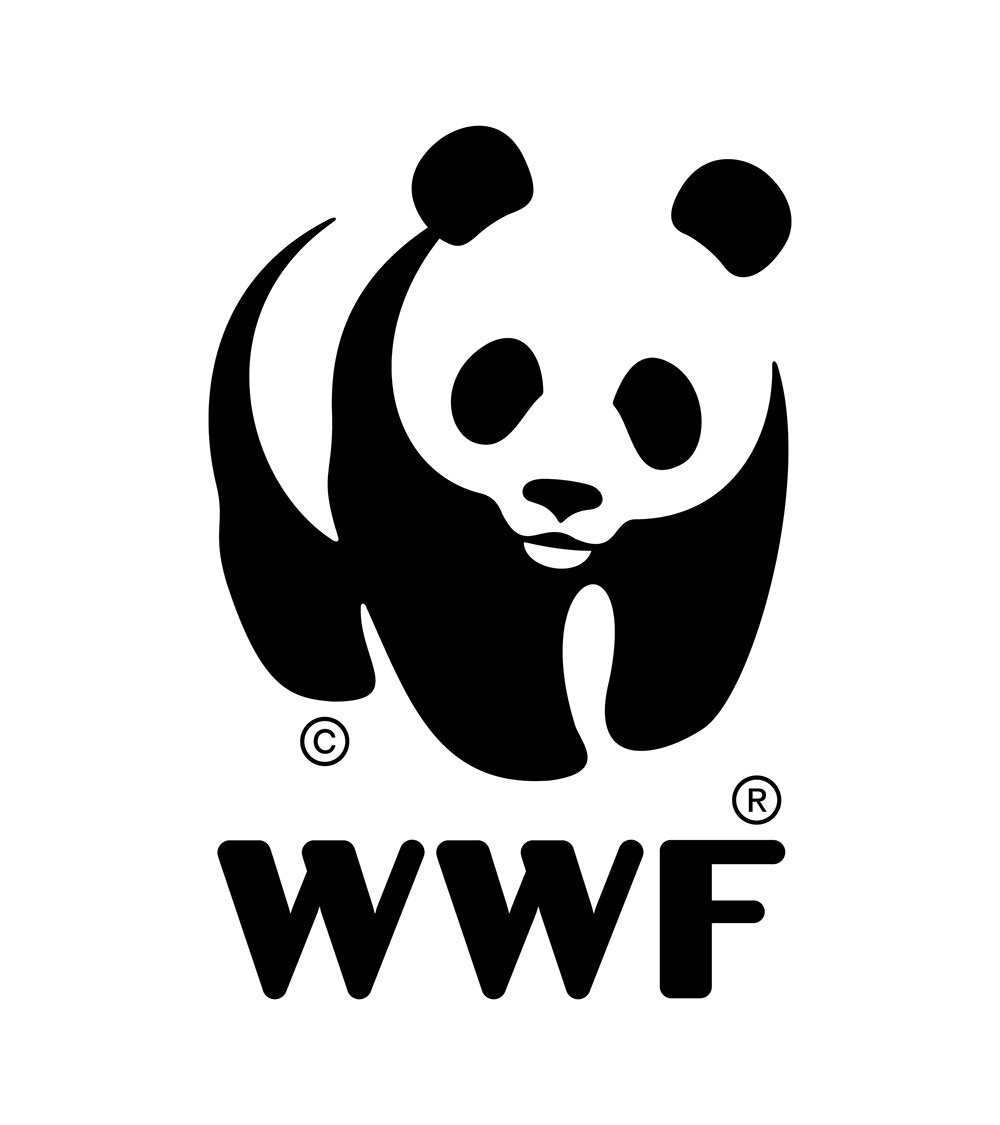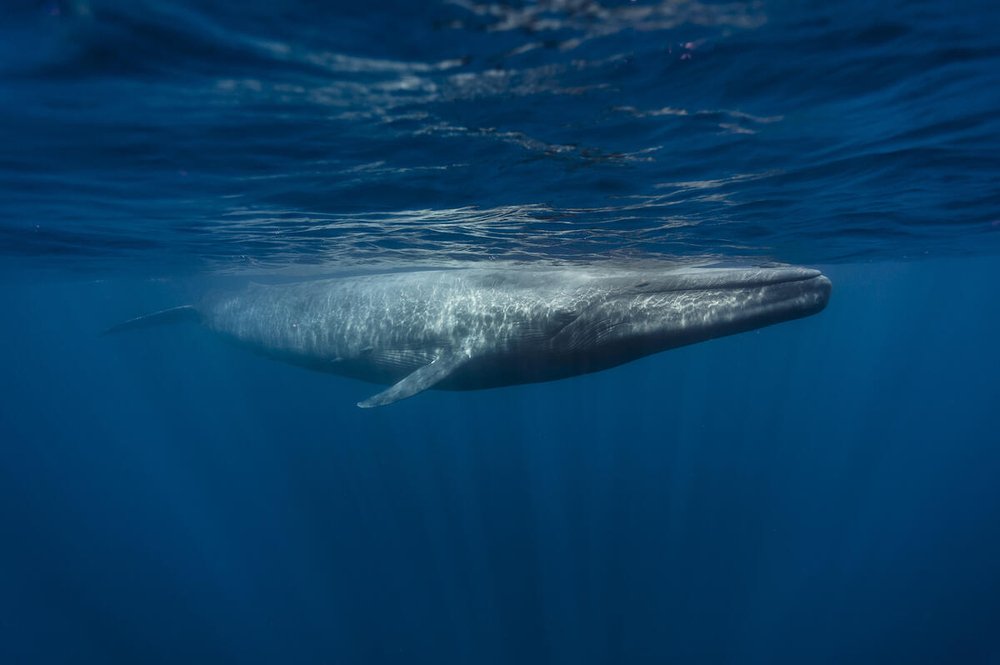Governments signal strong support for swift ratification of High Seas Treaty
© Shutterstock / WWF-UK
NEW YORK (20 September) – The High Seas Treaty passed another milestone today on the journey to entry into force, with 67 countries and the European Union signing the agreement at the United Nations Headquarters in New York.
“By signing the High Seas Treaty today, governments demonstrated their commitment to restoring and conserving ocean health. This is a strong signal that the world is ready to work together and move rapidly from agreements to action in pursuit of a nature-positive future. WWF calls on all governments to maintain and build on this momentum toward ratification – there is still much to be done before the real work of implementation can start,” says Jessica Battle, Senior Global Ocean Governance and Policy Expert, World Wide Fund for Nature (WWF).
More than two decades in the making, the High Seas Treaty establishes mechanisms to conserve and sustainably use marine biodiversity in the two-thirds of the ocean that lie beyond national jurisdiction.
The agreement is needed to implement the Kunming-Montreal Global Biodiversity Framework, which commits countries to protect and conserve at least 30% of the ocean by 2030. It will enable the designation of representative networks of high seas marine protected areas and robust environmental impact assessments, and help fill the gaps in the current patchwork of management bodies, resulting in better cooperation and less cumulative impact of activities in areas beyond national jurisdiction, such as shipping, industrial fishing and other resource exploitation.
“The High Seas Treaty is crucial for whales and dolphins whose critical habitats span national and international waters. For us to reverse the tide and implement effective conservation for vulnerable populations to recover, we need to implement tools that span the biological range of species, some who migrate across entire ocean basins. The more countries that sign on, the better impact we can achieve together,” says Chris Johnson, Global Lead, Protecting Whales & Dolphins Initiative.
The treaty text was agreed in March and the agreement was formally adopted on 19 June. Today it was opened for signature by governments – a formality that signals governments are willing to ratify the High Seas Treaty through their national process. Sixty ratifications are required for the treaty to enter into force.
The UN’s list of treaty signatories is available here.


